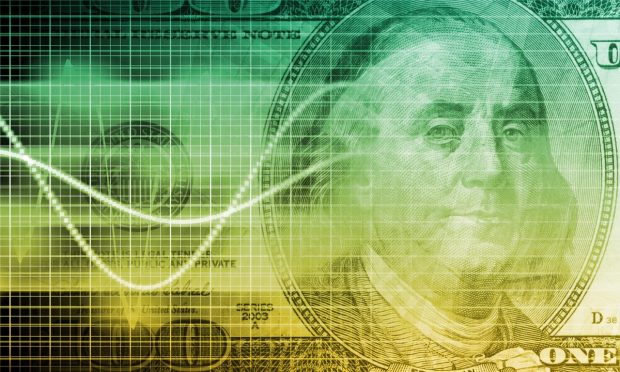COVID Concerns Trigger 1.1 Pct Slump In July Retail Sales Amid Swirl Of Conflicting Factors

A month of rising COVID-19 case counts coupled with a surge in mask mandates and vaccine requirements took the steam out of a nascent shopping recovery as July retail sales tumbled 1.1 percent.
The drop was led by a 4.3 percent drop in auto sales, followed by a 3.1 percent slump in non-store or online sales, and a 2.6 percent retreat in clothing and accessories.
The declining data from the Commerce Department was much sharper than the 0.3 percent retreat the economists were expecting, and also follows a slight one-tenth of a percent upward revision to 0.7 percent for last month’s initial June report.
Despite the broader headwinds and sentiment reversal, July also saw a 3.5 percent increase in the miscellaneous retailer category, which includes florist and pet shops, as well as another 2.4 percent jump in gasoline sales and a 1.7 advance by restaurants and bars.
Excluding food, cars and fuel, core retail sales were down 1.5 percent in July, and up 13.3 percent from a year ago.
People also read: Department Stores, Electronics Lead 0.6 Pct Rebound In June Retail Sales
The Retail Saw Blade
After the giant 11.3 percent stimulus check driven surge in March, the monthly sales results have undergone a saw blade series of up-and-down reports, starting with a 0.9 percent increase in April, then down 1.7 percent in May, then up 0.7 percent in June and finally down 1.1 percent again in July with $617 billion in total sales.
To be sure, these sentiment swings, whether up or down, have been influenced by external factors such as stimulus checks, the end of extended unemployment benefits in at least two dozen states. To that point, the July decline was tempered, at least to some degree, by the initiation of mid-month payouts of the $250 to $300 per child tax credit payouts which are set to continue through December as direct deposits to over 90 percent of U.S. households with kids.
Taken together, this confluence of factors delivered a murky message filled with conflicting insights on consumer purchases. For example, furniture and appliances were down 0.6 percent in July from the previous month, but electronics posted a 0.3 percent increase for the same time period. In fact, half of the 12 major categories tracked in the report were little changed in July and moved less than half a percent for the month.
So Now What?
With the National Retail Federation saying that retail sales account for roughly a quarter of U.S. GDP and supporting over 50 million jobs, it is hard to overestimate the importance of this closely watched monthly barometer. As much as the July numbers reflected a sharper than expected decline in the face of rising and widespread uncertainty surrounding the impact of the Delta variant, the dip marked only the third worst monthly retreat of seven reports so far this year compared to February’s 2.9 percent and May’s 1.7 percent slumps.
Clearly the coming weeks will be crucial, both in terms of the ongoing impacts of the pandemic as well as whatever state and federal government responses it elicits. At the same time, spending and lifestyle habits related to back to school and back to the office will also come into closer scrutiny in the coming days and weeks, as retailers, restaurants and eCommerce sites scramble to position their people and inventory in a way that quickly serves customers where and when they want.
